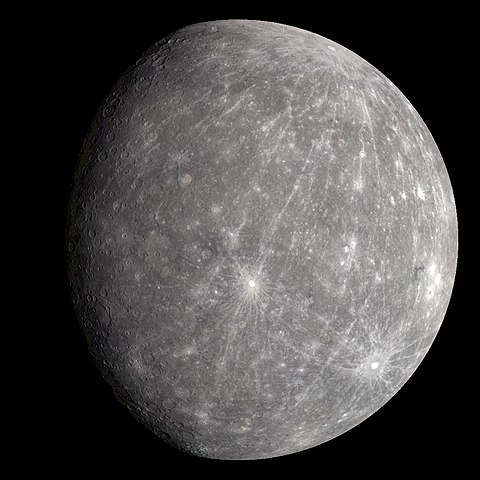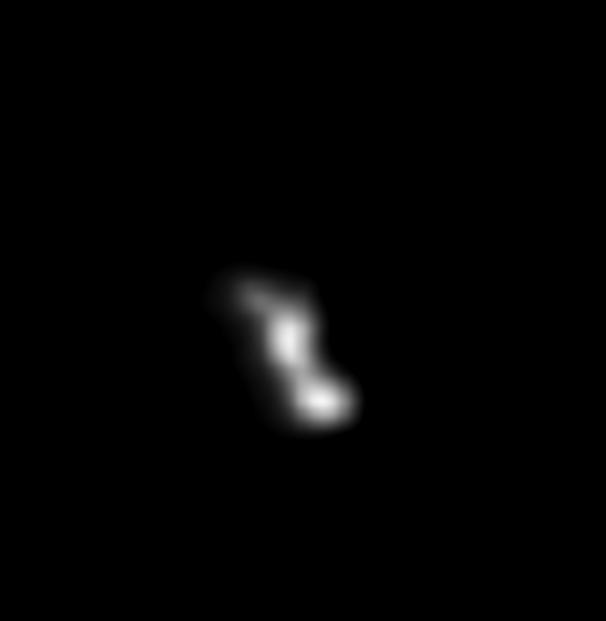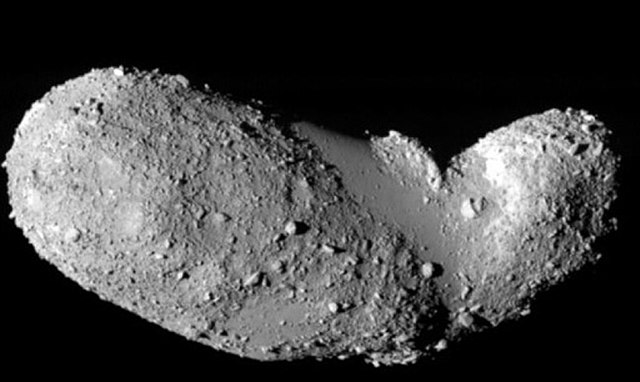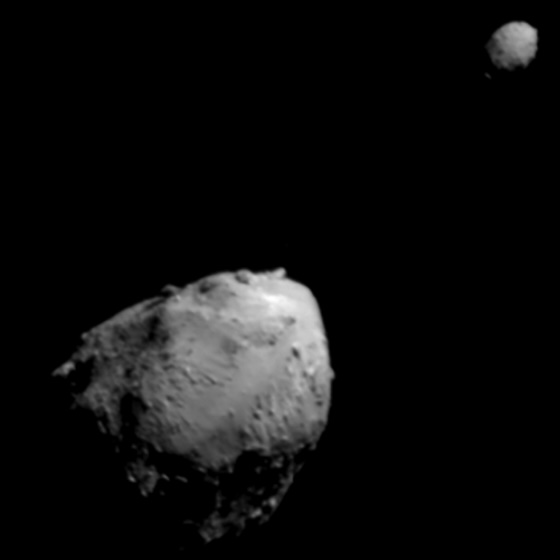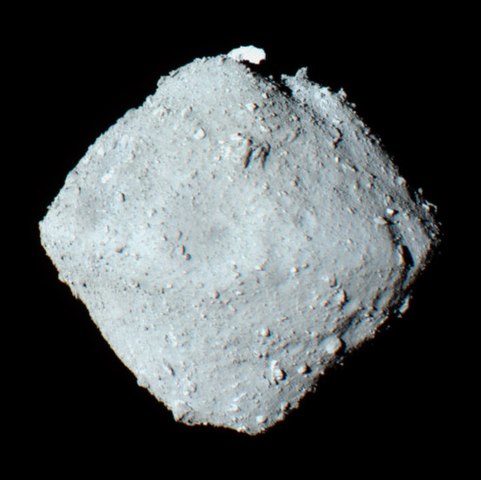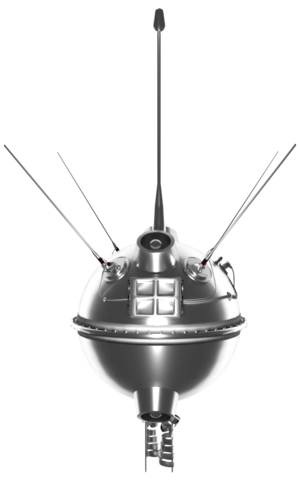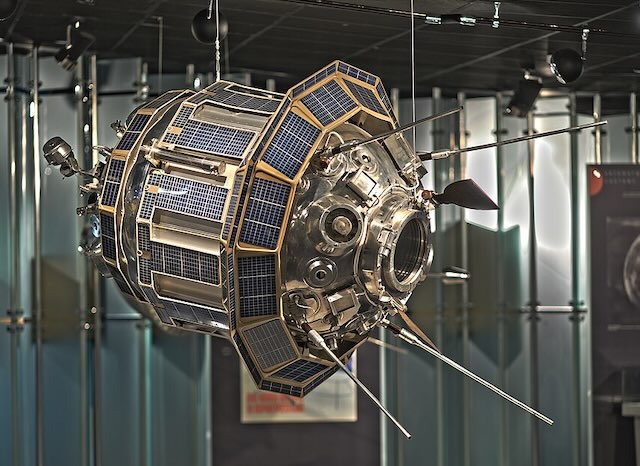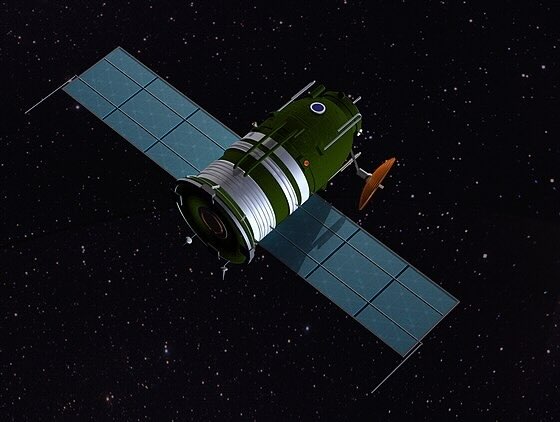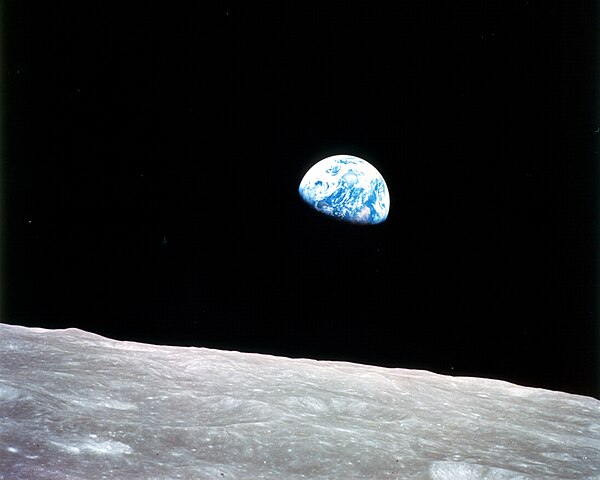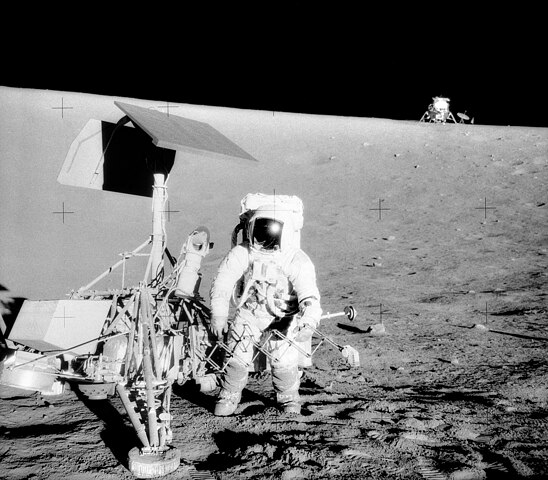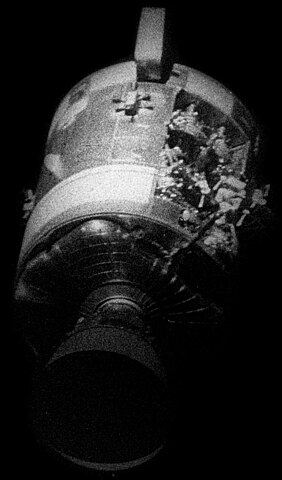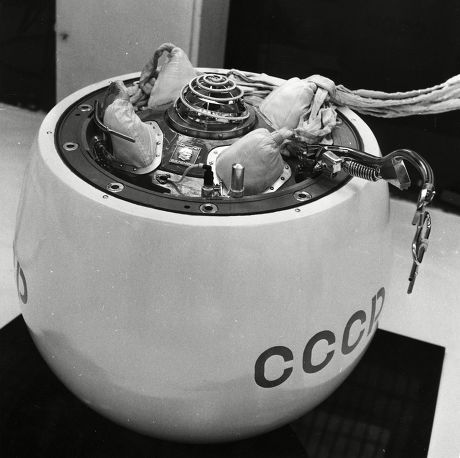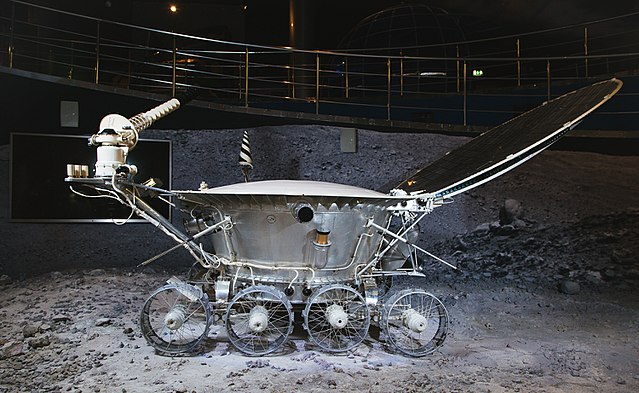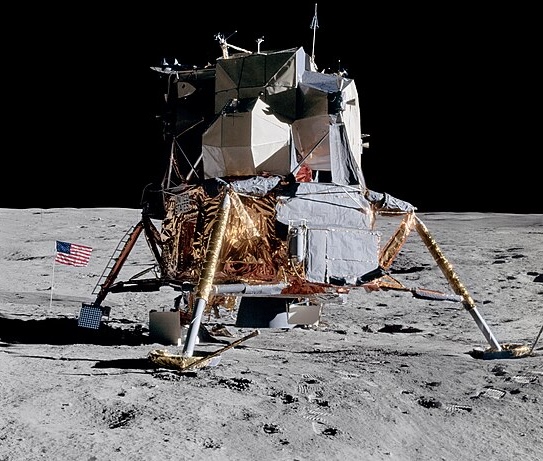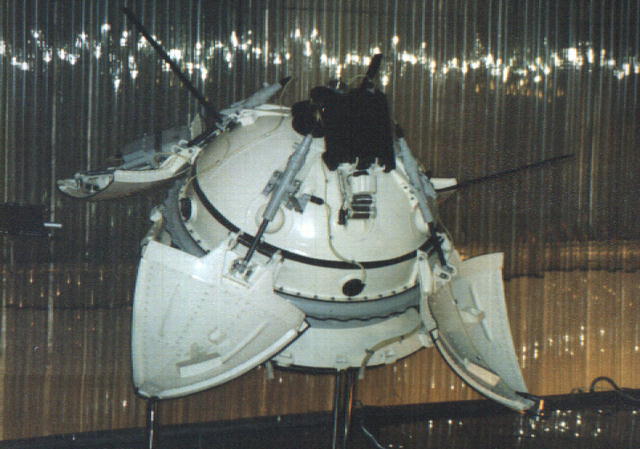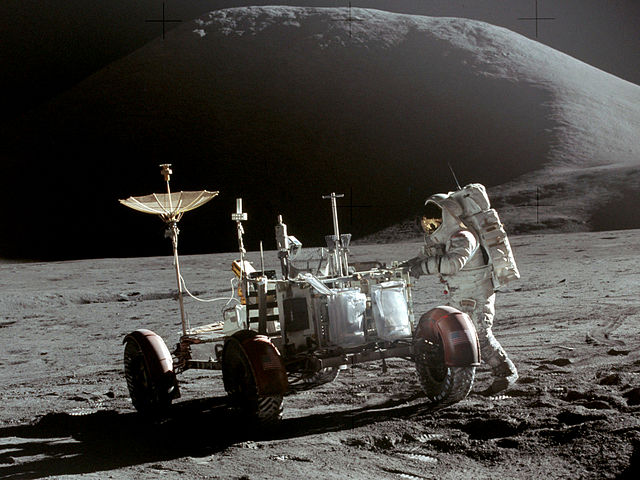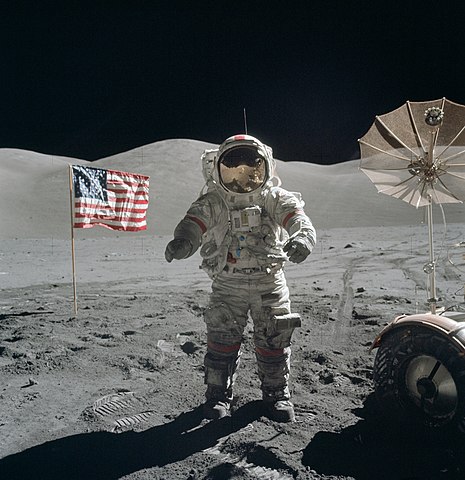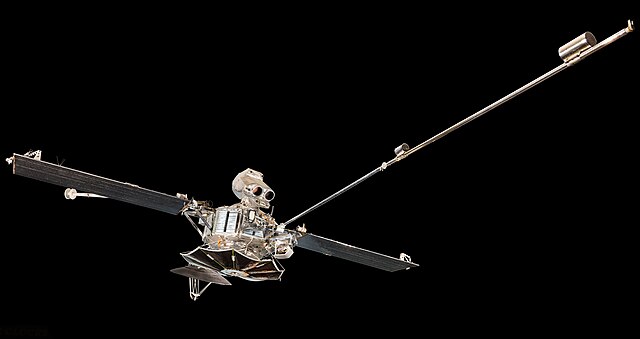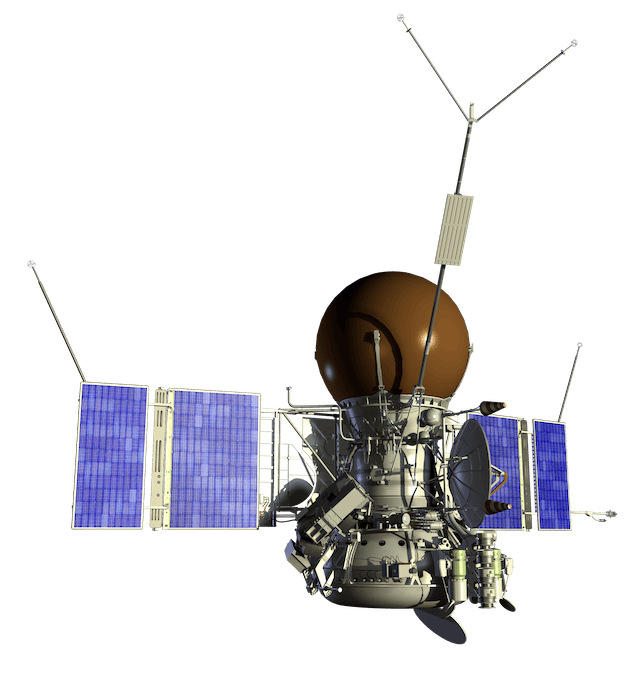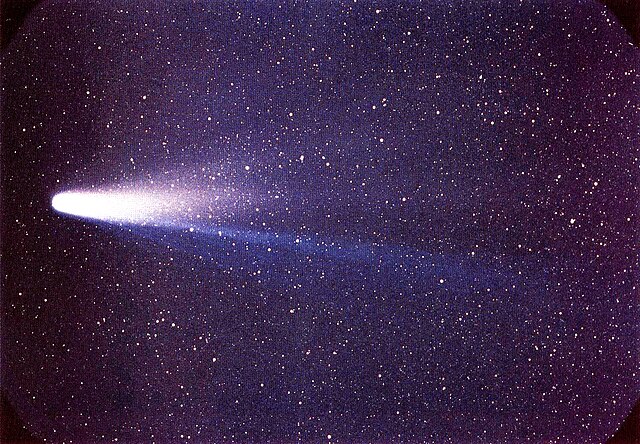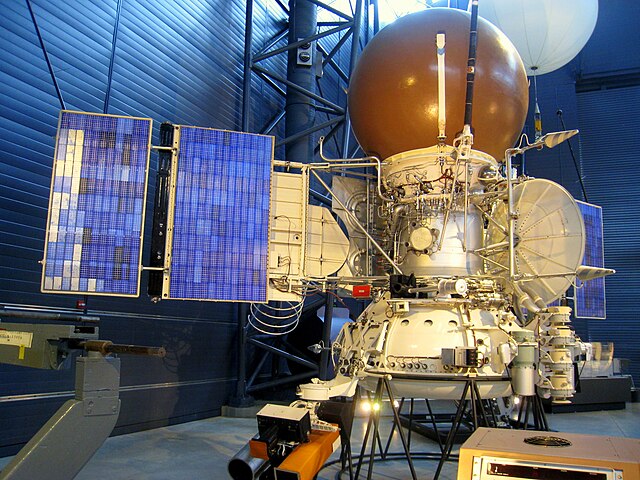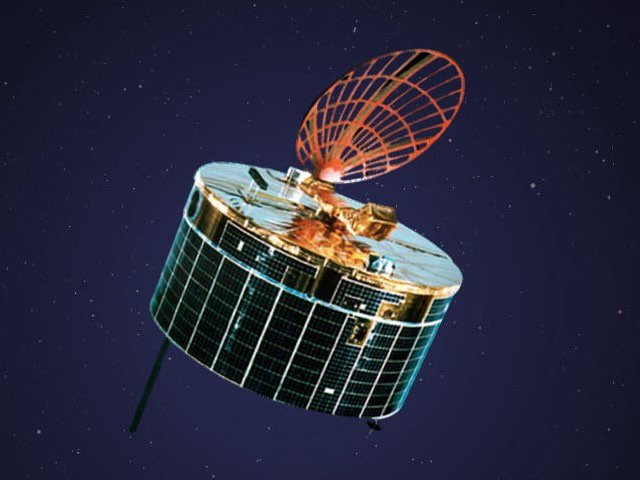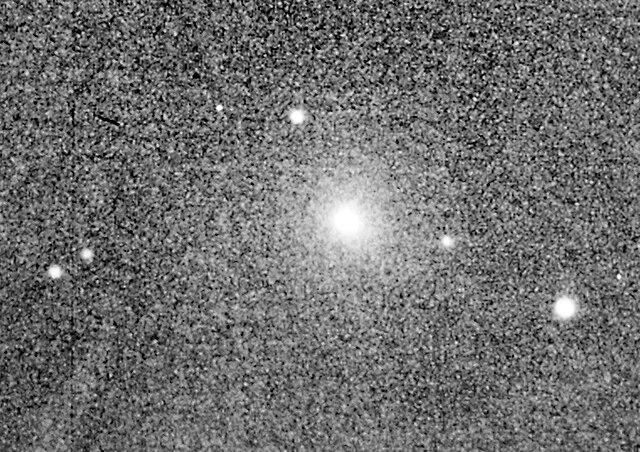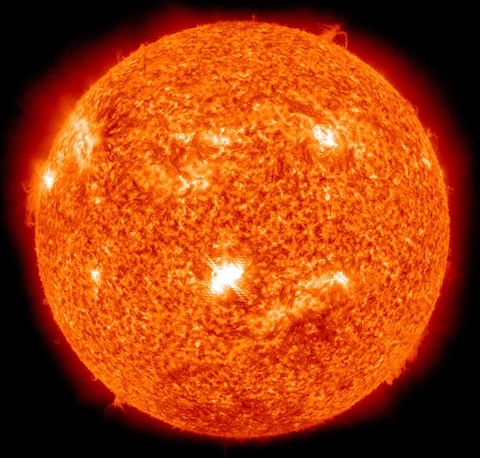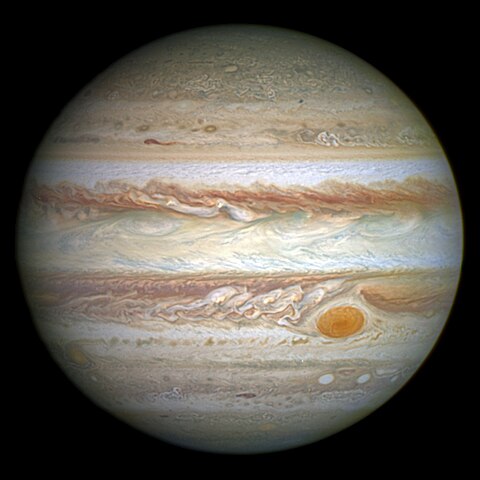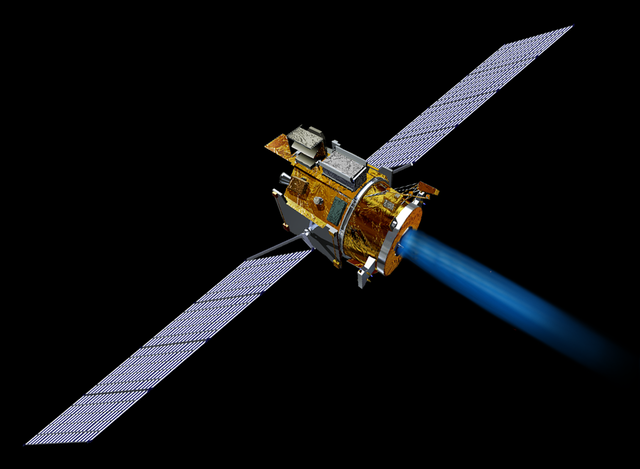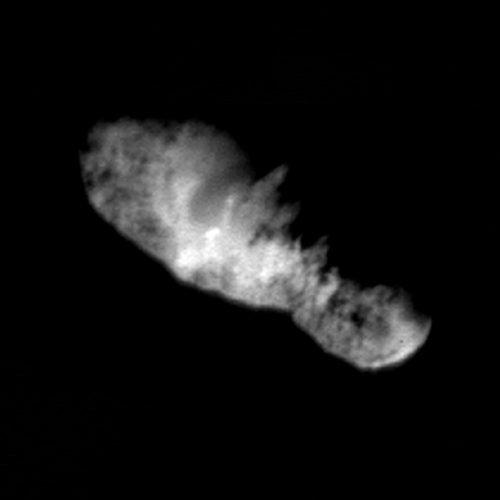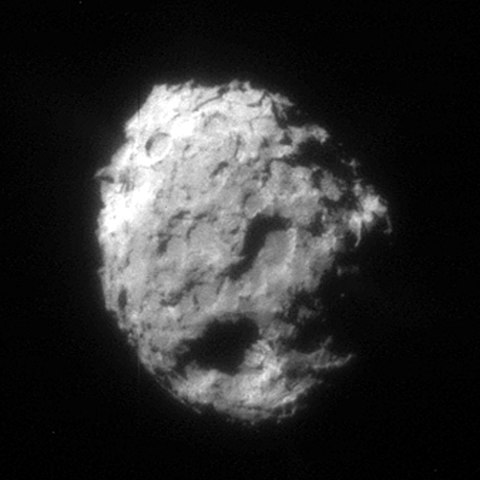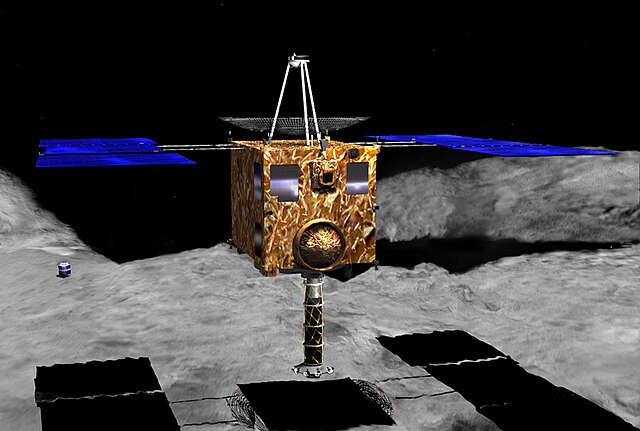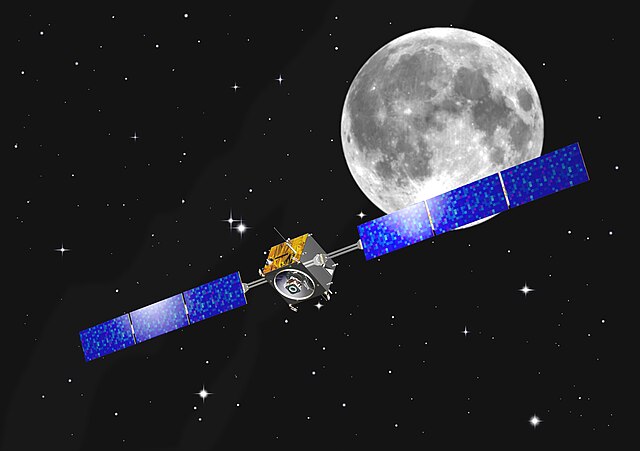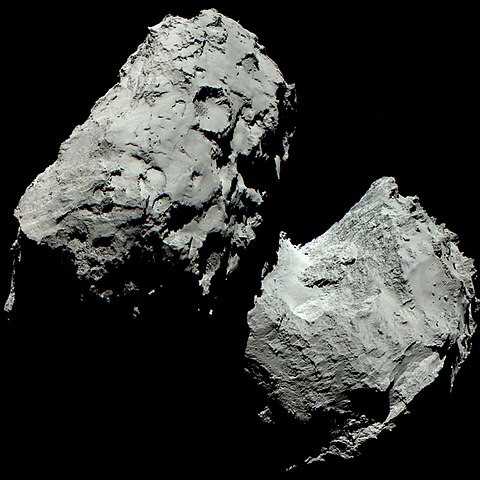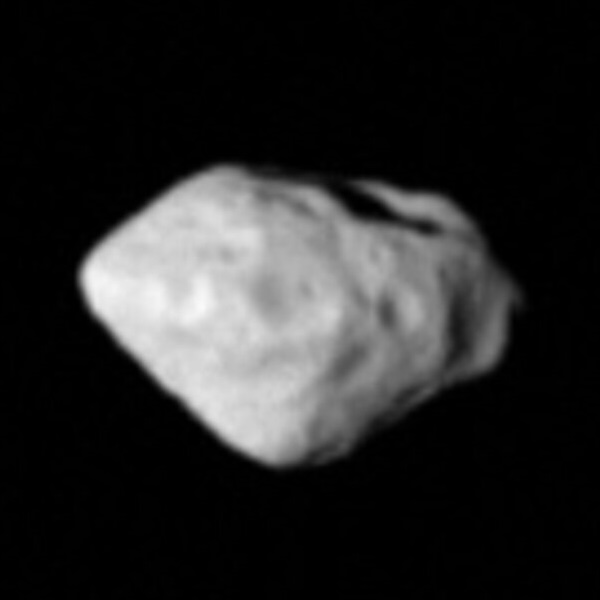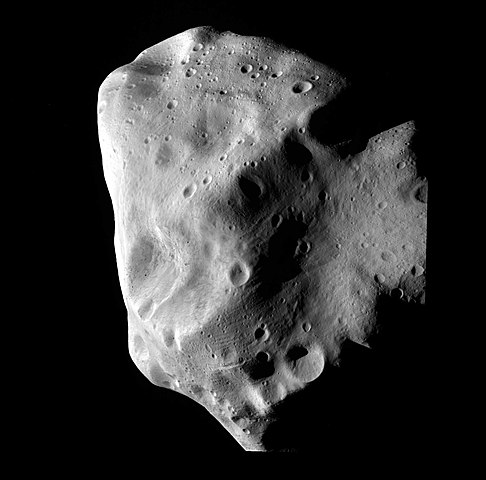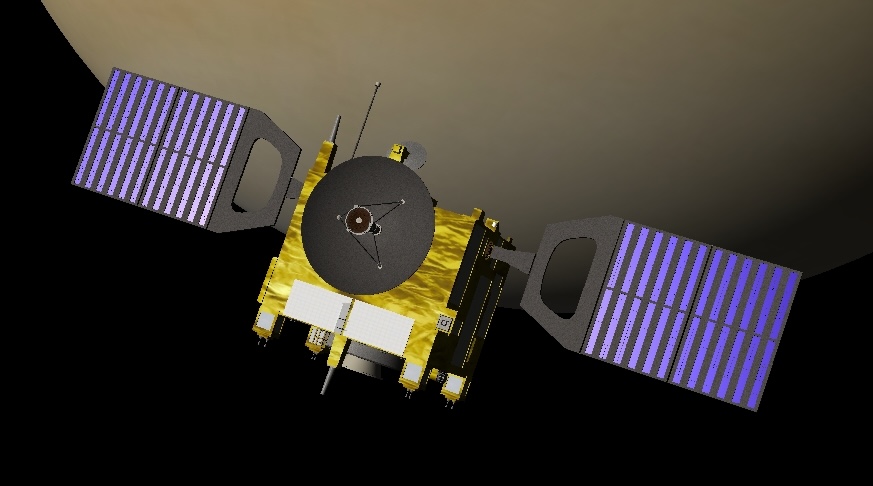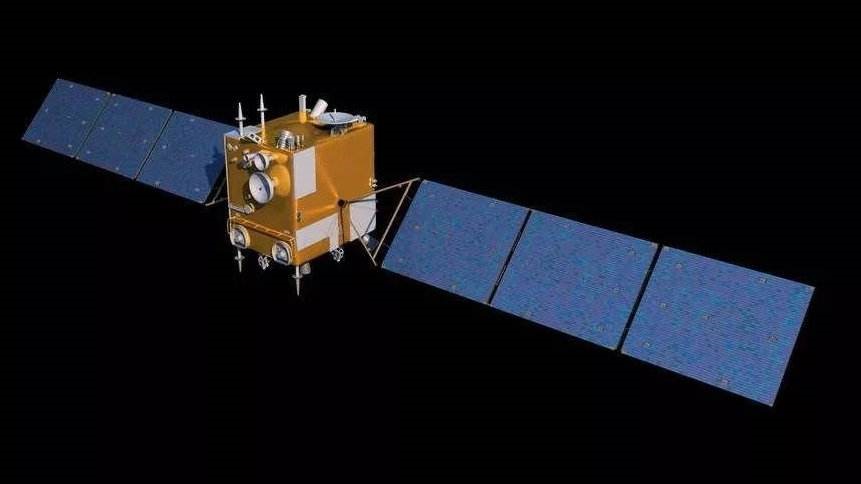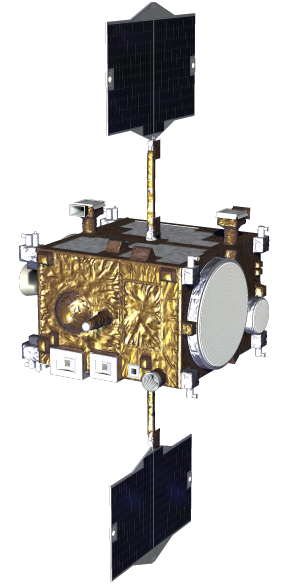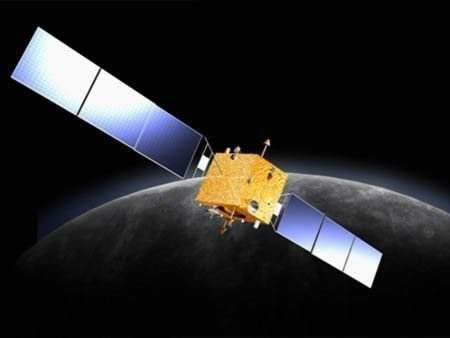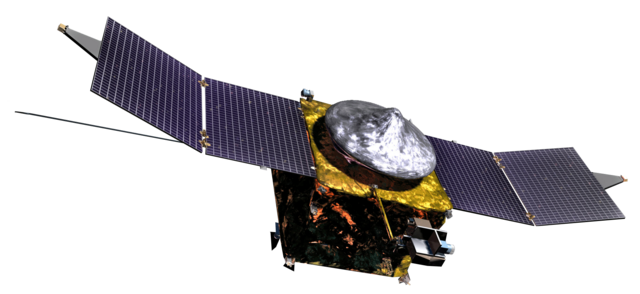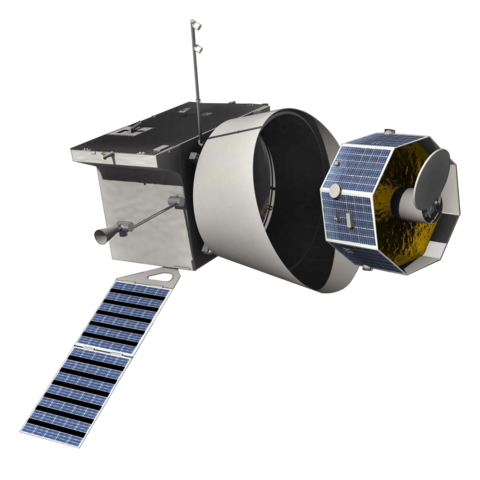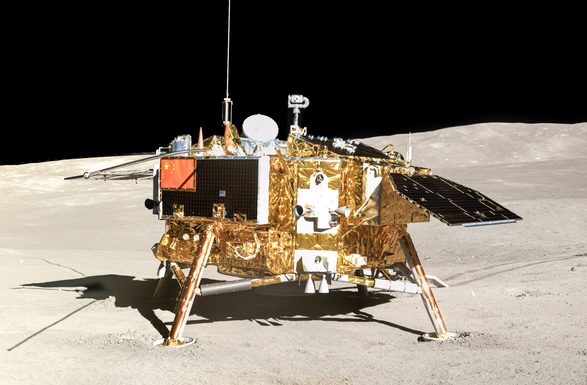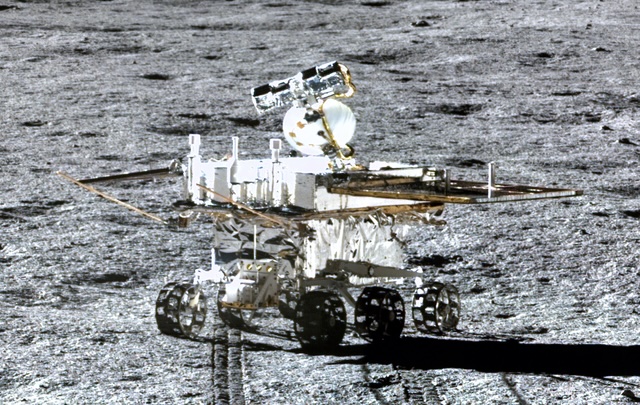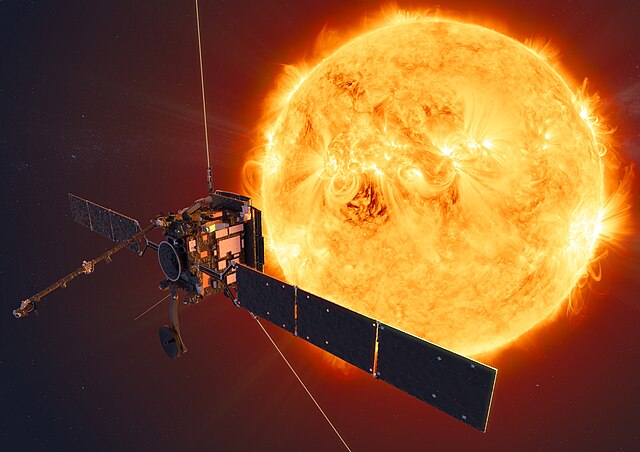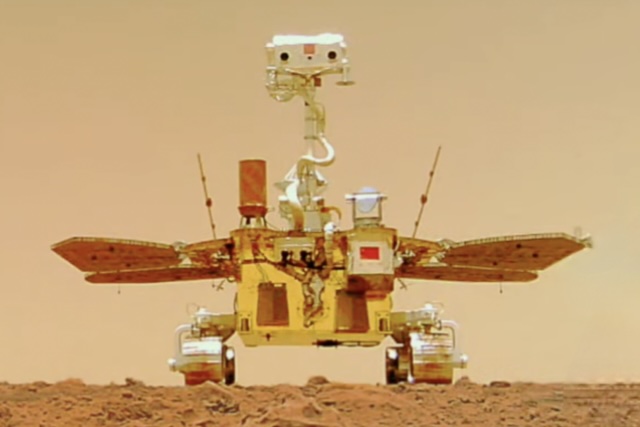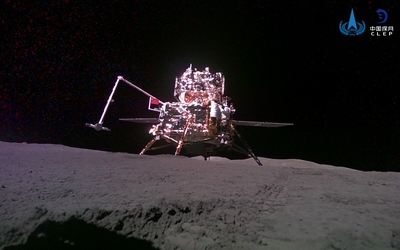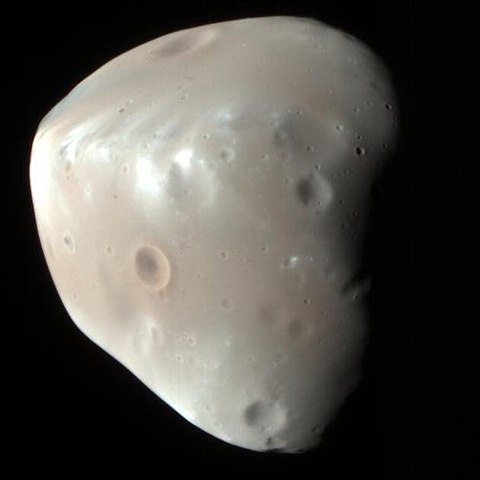1 day / second
0.5 AU
Inner System
Orbital Regime
The Inner System spans from the Sun to the outer edge of Mars' orbit at 1.7 AU, containing the four rocky terrestrial planets and numerous small bodies orbiting in the warmest, most well-lit region of the Solar System.
Planets
Mercury
The smallest and innermost planet in our Solar System, Mercury is a heavily cratered, airless world that experiences extreme temperature swings due to its proximity to the Sun and lack of atmosphere.
Venus
A scorching hot rocky planet with thick clouds of sulfuric acid, crushing atmospheric pressure 90 times that of Earth, and a surface hot enough to melt lead due to a runaway greenhouse effect.
Earth
A life-bearing terrestrial planet with a significant atmosphere, active geology, and a large moon, distinguished by its vast oceans of liquid water and diverse ecosystems that make it unique in the Solar System.
Mars
A cold, dusty red planet with massive extinct volcanoes, deep canyons, frozen polar caps, and evidence of ancient water flows, making it the most Earth-like planet in the Solar System.
Asteroids
433 Eros
A potato-shaped near-Earth asteroid roughly 34 kilometers long that became the first asteroid to be orbited and landed on by a spacecraft during the NEAR Shoemaker mission in 2000-2001.
4179 Toutatis
A large, elongated, and irregularly shaped asteroid that tumbles chaotically through space while making frequent close approaches to Earth, notable for its complex rotation and unusual peanut-like shape.
4660 Nereus
A small, Earth-approaching asteroid measuring just 330 meters across that completes its orbit every 1.8 years and has been considered as a potential target for both robotic and crewed missions due to its easy accessibility.
9969 Braille
A small asteroid discovered in 1992 that was briefly visited by NASA's Deep Space 1 probe in 1999, revealing it to be an elongated object only about 2.2 km long.
25143 Itokawa
A small, peanut-shaped near-Earth asteroid that became the first asteroid from which samples were collected and returned to Earth, via Japan's Hayabusa spacecraft in 2005.
65803 Didymos
A binary asteroid system consisting of a larger primary body and smaller moonlet that became the first planetary object to have its orbit intentionally altered by humans when NASA's DART mission successfully impacted the moonlet in 2022.
101955 Bennu
A small, diamond-shaped near-Earth asteroid with a dark, boulder-strewn surface that rotates every 4.3 hours and has a small chance of colliding with Earth in the late 22nd century.
162173 Ryugu
A small, diamond-shaped carbonaceous asteroid that was visited by Japan's Hayabusa2 spacecraft in 2018-2019, which revealed a rocky surface scattered with large boulders and collected samples that were successfully returned to Earth.
Spacecraft Missions
Luna 2
1959
Luna 3
1959
Mariner 2
1962 - 1963
Mariner 4
1964 - 1967
Zond 5
1968
Apollo 8
1968
Apollo 10
1969
Apollo 11
1969
Apollo 12
1969
Apollo 13
1970
Venera 7
1970
Lunokhod 1
1970 - 1971
Apollo 14
1971
Mars 3
1971 - 1972
Apollo 15
1971
Apollo 16
1972
Apollo 17
1972
Mariner 10
1973 - 1975
Vega 1
1984 - 1987
Vega 2
1984 - 1987
Sakigake
1985 - 1995
Giotto
1985 - 1992
Magellan
1989 - 1994
Hiten
1990 - 1993
Ulysses
1990 - 2009
Solar and Heliospheric Observatory (SOHO)
1995 - Now
NEAR Shoemaker
1996 - 2001
Mars Global Surveyor
1996 - 2007
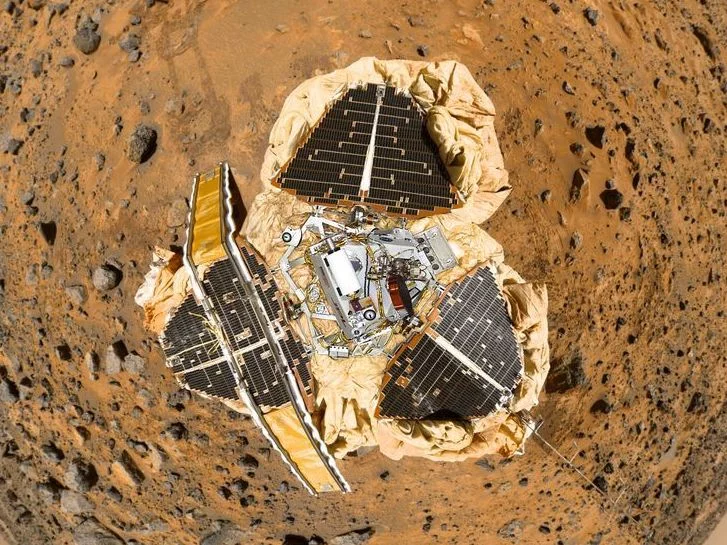
Mars Pathfinder
1996 - 1997
Sojourner
1996 - 1998
Nozomi
1998 - 2003
Deep Space 1
1998 - 2001
Stardust
1999 - 2011
Hayabusa
2003 - 2010
Mars Express
2003 - Now
SMART-1
2003 - 2006
Rosetta
2004 - 2016
+1
MESSENGER
2004 - 2015
Deep Impact
2005 - 2013
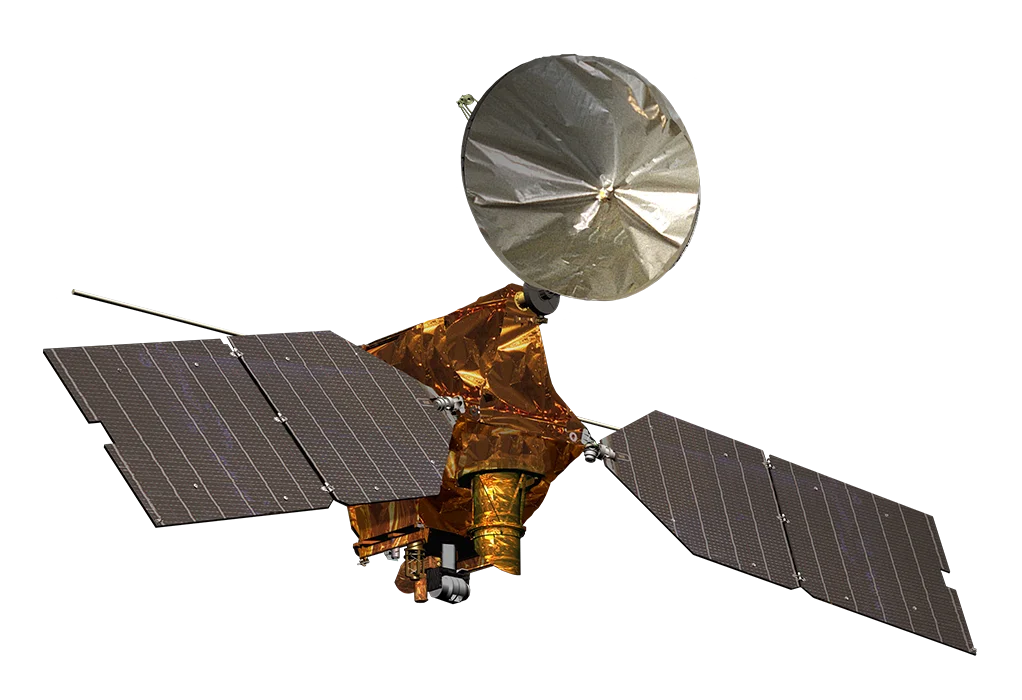
Mars Reconnaissance Orbiter
2005 - Now
Venus Express
2005 - 2015
SELENE
2007 - 2009
Chang'e 1
2007 - 2009
IKAROS
2010 - 2015
Akatsuki
2010 - 2024
Chang'e 2
2010 - 2014
Curiosity
2011 - Now
MAVEN
2013 - Now
Hayabusa2
2014 - 2020
OSIRIS-REx
2016 - 2023
InSight
2018 - Now
Parker Solar Probe
2018 - Now
BepiColombo
2018 - Now
Chang'e 4
2018 - Now
Yutu-2
2018 - Now
Solar Orbiter
2020 - Now
Tianwen-1
2020 - Now
Zhurong
2020 - 2022
Perseverance
2020 - Now
Ingenuity
2020 - 2024
Chang'e 5
2020
Double Asteroid Redirect Test (DART)
2021 - 2022
Smart Lander for Investigating Moon (SLIM)
2023 - 2024
Chang'e 6
2024
Hera
2024 - Now
Europa Clipper
2024 - Now
+1
